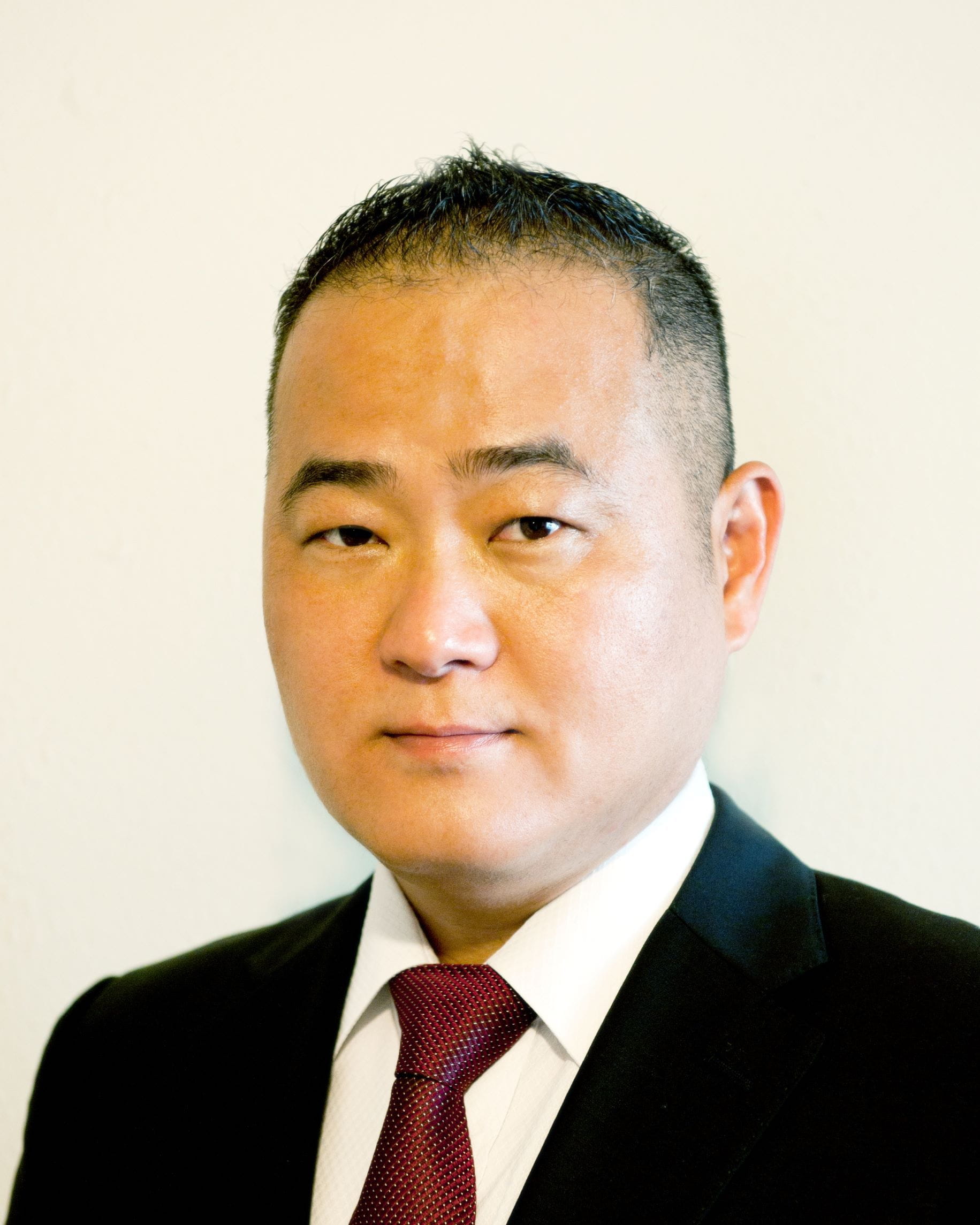
A University of Texas at Arlington assistant professor in the Department of Civil Engineering will create best practices for roadside vegetation.
Kyeong Rok Ryu, assistant professor of construction management, was awarded a $242,285 Texas Department of Transportation (TxDOT) grant to develop a toolkit for the state agency.
"The transportation sector recognizes the potential benefits of various types and applications of roadside vegetation," Ryu said. "Some of these benefits include improved local air quality, reduced roadside maintenance, reduced urban heat island effect, reduced localized flooding, and improved water quality, resiliency, safety, aesthetics, pedestrian space and carbon sequestration."
Co-principal investigators include June Young Park, assistant professor of civil engineering, and Joowon Im, assistant professor of landscape architecture.
Ryu said this project will focus on quantitatively evaluating various types of landscape and vegetation installations along roadsides. The results will help measure the tangible benefits of roadside vegetation and landscape development and improve sustainability and resiliency along the Texas highway system.
The project also will provide guidance for statewide implementation and evaluation of such installations with safety, sustainability, resiliency and maintenance benefits for the TxDOT roadway system.
Melanie Sattler, interim chair in the Department of Civil Engineering, said this toolkit provides the opportunity for large-scale implementation of landscaping on Texas roadways.
"Implementation could not only lead to a better-looking Texas, but also could improve the air and reduce flooding in the state," Sattler said.






